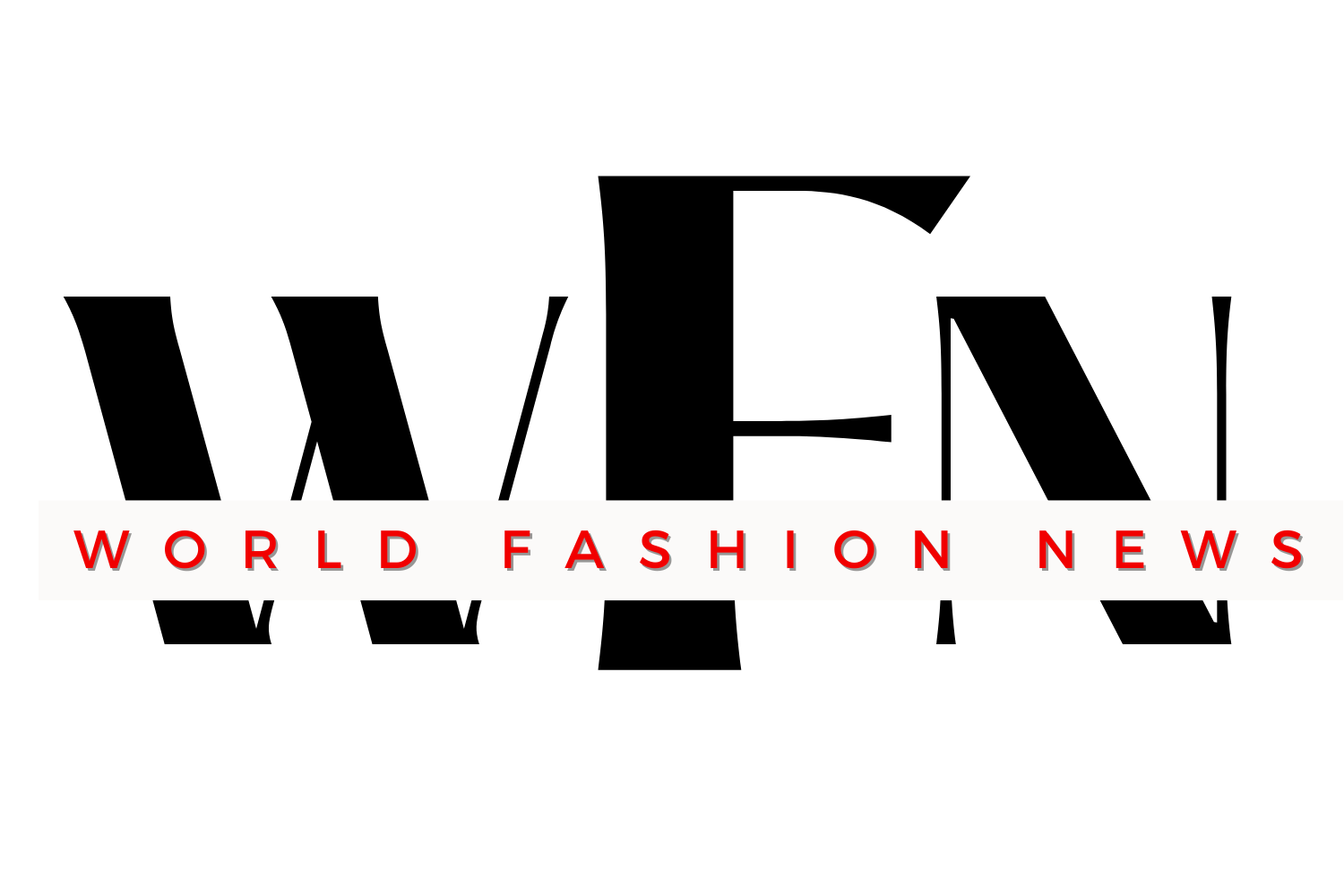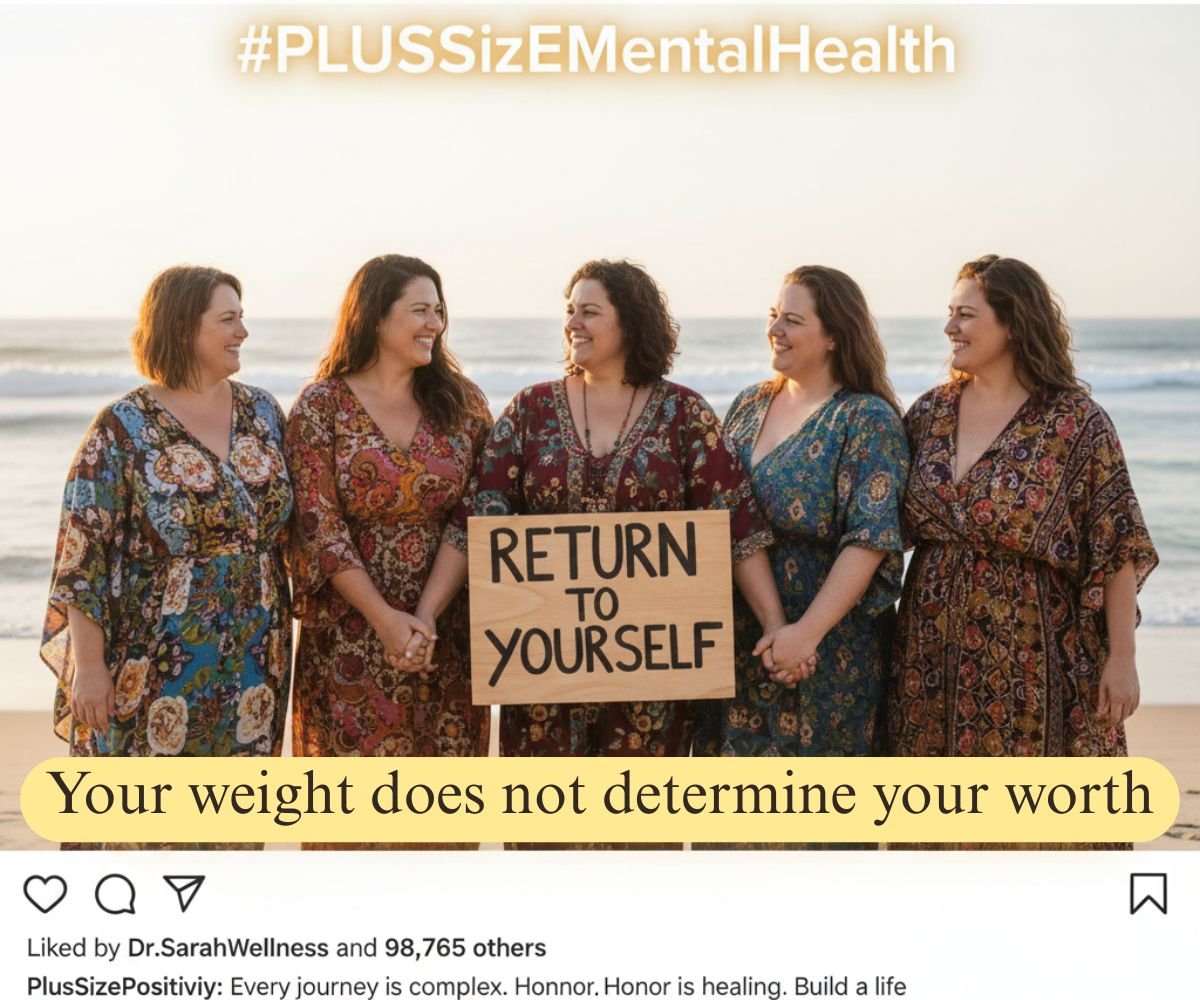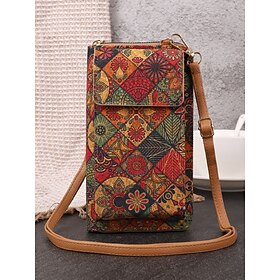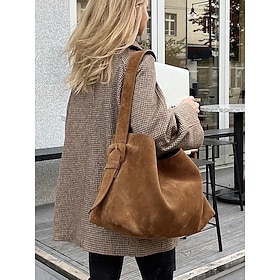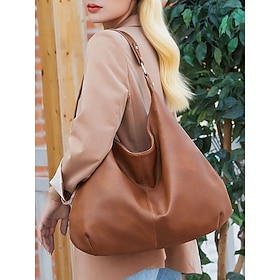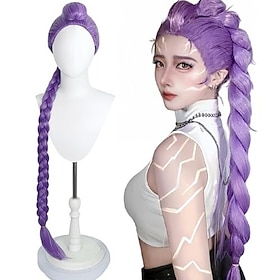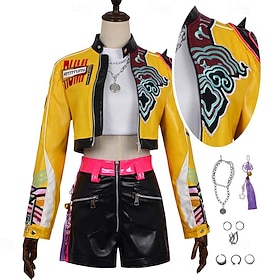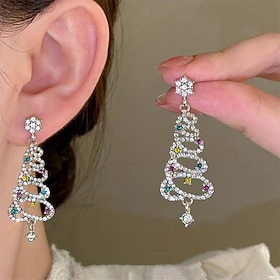A brief overview
The fashion industry has undergone a transformation in recent seasons, shifting from token efforts to embracing size-inclusive collaborations that are driving a paradigm shift. The world of plus-size collaborations has moved beyond its niche market phase and entered the mainstream. Both large and small brands have recognized that, to be responsible and make a smart move, they must partner directly with plus-size designers, influencers, or brands.
The Rise of Inclusive Brand Alliances
The world of plus-size clothing has traditionally been an afterthought for brands focusing on upscale fashion. Until now, the designs were just an extension of their other products, which were given a minor alteration to fit the proportions, but never really capturing the potential that the customer could offer as a plus-size shopper. However, we have recently seen a change that is both thrilling and revolutionary.
The collaboration between American brand Eloquii and the luxury brand Kate Spade New York is a perfect example, exclusively designed to offer sizes 14-28, price ranging between $99 to an astonishing $499, marking the point that upscale market options in the world of plus-size clothing are a part, not an accessory, of this world.
View this post on Instagram
Such partnerships are radically changing not only the designs, but the very philosophy of designing as well. Designers are now forced to change their cutting, material dynamics, and fit curves, which is a complete turnaround from the ‘shrink & stretch’ philosophy that characterized many ‘plus-size ranges’ created by other labels in the past. The focus is now fixed on designer ranges that are ‘trend-oriented & ‘trend-conscious’, rather than mere ‘larger versions’ of their regular sizes.
The Power of Plus-Size Partnerships: Unlocking Design Innovations
The innovation behind these collaborations lies in the shift from traditional sizing to something broader and more inclusive. This represents a new era for designer brands, as they are now faced with the challenges that designing for plus-size bodies entails. It goes beyond simply understanding how fabrics behave around curvier shapes, it’s about making a statement, rather than just looking good.
This movement began as a response to the growing market of plus-size individuals, a market that every designer is eager to tap into. The collaboration between H&M and plus-size model Tess Holliday, for example, marked a pivotal moment in embracing size inclusivity. Tess Holliday’s role as a size-inclusivity consultant for H&M in 2022 demonstrated the brand’s commitment to integrating larger sizes into the core of their collections. This partnership wasn’t just a marketing move; it was a step toward normalizing size diversity in high street fashion. (discover more on vogue.com)
A key lesson from these collaborations is the importance of “design leadership.” Take the example of Eloquii, which selected a plus-size female designer to lead their collections.
View this post on Instagram
This decision ensured the brand remained closely connected to its target community and avoided outdated stereotypes. It allowed Eloquii to evolve into a label that is both fashionable and functional. A key message from the brand, especially when launching at Fashion Week, is that “plus-size clothing doesn’t have to be an accommodation to traditional designs made for straight-size bodies.” It can be original, aspirational, and just as innovative as any other fashion category.
You May Also Like:
- Nadia Aboulhosn Outfit Ranking 2025: A Throwback with Style
- Fashion for Every Body: 2025’s Plus-Size Landscape
An even more revealing shift is how marketing approaches are changing. The notion that “plus sizes are an extension” of clothing is now a thing of the past, as marketing groups are now moving away from “extended sizes” and moving towards “core sizes” as their market approach today. As a direct result, today, “consumers want the same fashionable approach they see in their other clothing lines, with as much diversity as any other market they are exposed to today.”
So, why exactly was the collaboration between Eloquii and Kate Spade New York so successful?
There are a number of things that make this collaboration stand out among other attempts to bring plus-size fashion to the world of luxury brands-
- Creative Control: Eloquii made sure that their design team was headed by someone familiar with the requirements of a plus-size body type. The result was a brand confident enough to create garments that flattered their customer while being fashionable, as opposed to the oversized or matronly designs commonly seen today.
- Premium Pricing: The decision by Eloquii to utilize premium pricing and quality material made a strong statement: ‘Plus-size does not belong at the bottom price point or a lower material grade.’
- Direct-to-Consumer Model: Eloquii wanted to retain control over the brand experience and make sure that they offer the best fit and quality, so they decided to restrict the distribution of this collection to their direct-to-consumer channels. Such strategies prove that if brands are ready to invest in the development of the infrastructure as well as the messaging, they will be able to position themselves as market leaders.
Can A Similar Model Be Applied Elsewhere?
“The success of partners like Kate Spade and Eloquii raises a question: could this kind of partnership work well in other markets, perhaps Asia or South America?” The response is yes, provided they have the proper structure in place, as well as a proper understanding of the cultural dynamics, including body ideals and acceptable beauty standards, which may differ drastically even among various countries or areas, as seen in Asia, for example, “Body ideals and notions of beauty vary widely region by region, so brands will have to accommodate this, with body ideals varying between a slimmer body type in some areas, and a move toward greater acceptance, as seen in others.”
As a region that has a long history of appreciating body positivity and curves, South America has a strong market that demands plus-size clothing, but this market often doesn’t offer high-end alternatives. A brand such as Eloquii could significantly do well by providing both high-end designs and quality, as well as capitalizing on the cultural values of curves prevalent in this region by adopting a clothing line that incorporates sustainability, bold designs, and sizes that transcend the normal market, thus raising the bar for quality plus-size clothing among the rapidly growing economies.
The conversation doesn’t stop here – our fashion products bring these trends to life.
The Next Level of Plus-Size Partnerships – Plus-Size Collaboration Comes of Age
As we move forward, the operative word that we can glean from the partnerships that have entered the market is this: size inclusivity is a trend, an imperative, or both, and brands that will ultimately thrive are those that will move forward with an inclusive approach, whether you’re looking at fabric or marketing. All others will continue to remain as followers as we move forward into the future, especially as the market’s demands echo the momentum seen in the rising plus-size landscape, a market that will ultimately define the industry as we move forward into the future.
Final Thoughts
Plus-size collaborations are far from just a marketing opportunity, as they are a part of an evolution that is absolutely required by the fashion industry as a whole. The successful results that brands like Eloquii are experiencing through their collaboration strategies are changing the expectations that both clients and members of the industry have come to know and understand. The future of the industry will, indeed, be diverse, and so will its leading brands.
